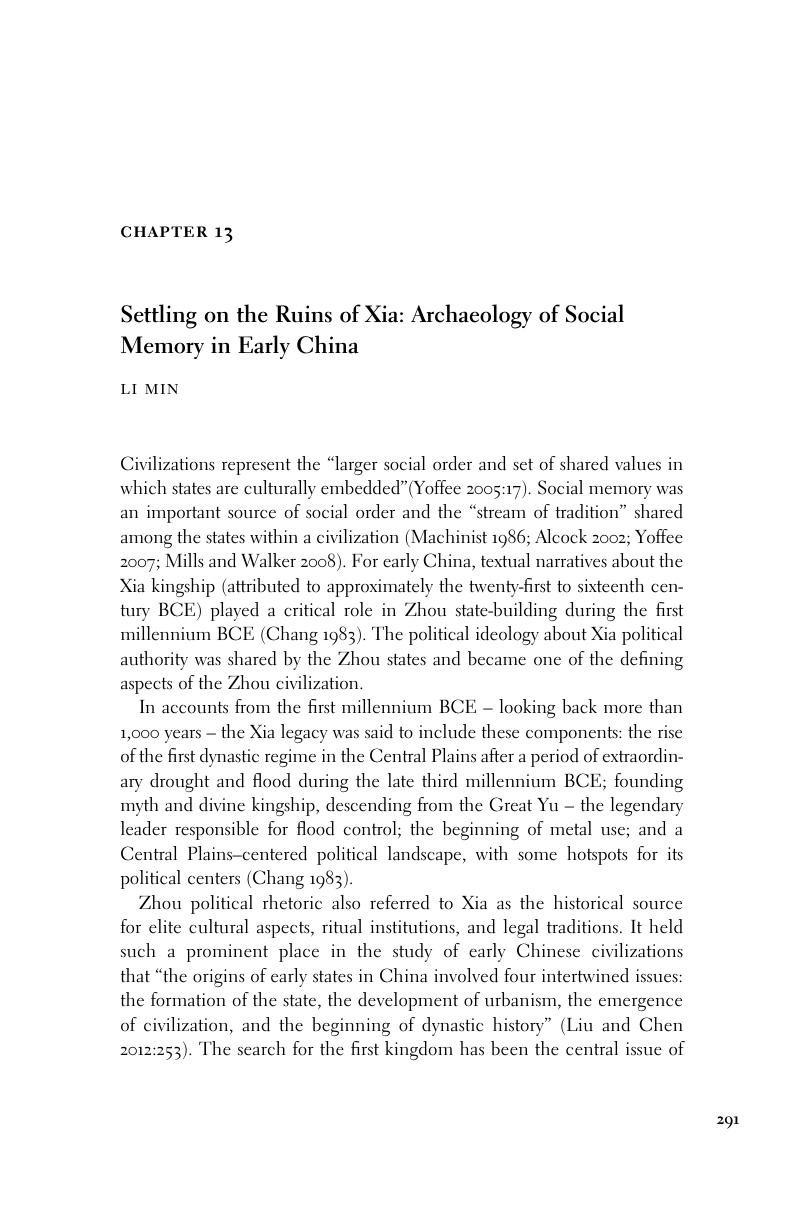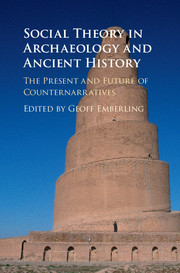Book contents
- Social Theory in Archaeology and Ancient History
- Social Theory in Archaeology and Ancient History
- Copyright page
- Contents
- Figures
- Tables
- Contributors
- Preface
- Part One Introduction
- Part Two Cultural Trajectories
- Part Three Cities, States, and Empires
- Part Four Collapse and Resilience
- Part Five Archaeology and History
- 13 Settling on the Ruins of Xia: Archaeology of Social Memory in Early China
- 14 Anti-History
- Part Six Commentary
- Index
- References
13 - Settling on the Ruins of Xia: Archaeology of Social Memory in Early China
from Part Five - Archaeology and History
Published online by Cambridge University Press: 05 November 2015
- Social Theory in Archaeology and Ancient History
- Social Theory in Archaeology and Ancient History
- Copyright page
- Contents
- Figures
- Tables
- Contributors
- Preface
- Part One Introduction
- Part Two Cultural Trajectories
- Part Three Cities, States, and Empires
- Part Four Collapse and Resilience
- Part Five Archaeology and History
- 13 Settling on the Ruins of Xia: Archaeology of Social Memory in Early China
- 14 Anti-History
- Part Six Commentary
- Index
- References
Summary

- Type
- Chapter
- Information
- Social Theory in Archaeology and Ancient HistoryThe Present and Future of Counternarratives, pp. 291 - 327Publisher: Cambridge University PressPrint publication year: 2015

